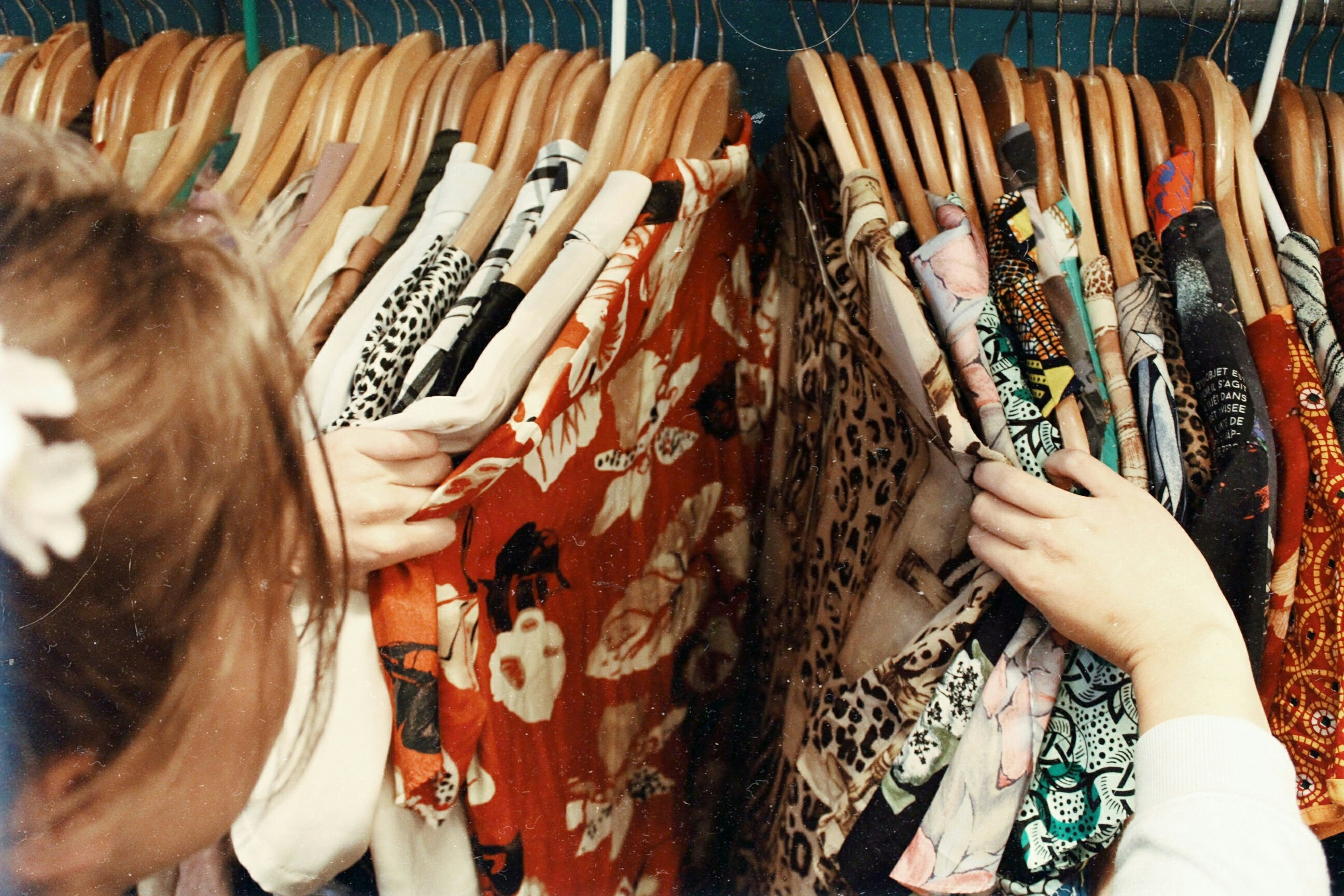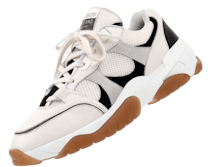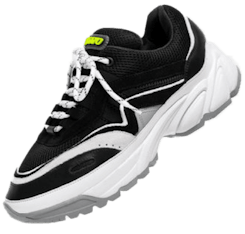Walmart SVP of Pantry Shares Key Insights that are Important to the Retailer
Melody Richard, SVP of Pantry for Walmart, works with her team to ensure that the retailer’s customers have what they need in the pantry to feed their families and friends. This includes a broad array of categories such as snacks, beverages, dry grocery, baking and breakfast meals, condiments, sauces and commercial breads.
In this fireside chat with ECRM/RangeMe’s Wayne Bennett, Melody shares some of the key things that are important to the retailer, including:
The ability to demonstrate how your brand uniquely solves consumer problems Why great packaging matters The importance of a digital-first approach Commitment to EDLC and EDLP approach RegenerationShe also touches on how her team has been working to create solutions that provide unique opportunities for consumers around the bundling of products across categories (think crockpot and all of the ingredients that go into it for a nice winter dinner).
This interview is packed with great insights!
The post Walmart SVP of Pantry Shares Key Insights that are Important to the Retailer appeared first on The RangeMe Blog.
The RangeMe Blog…



